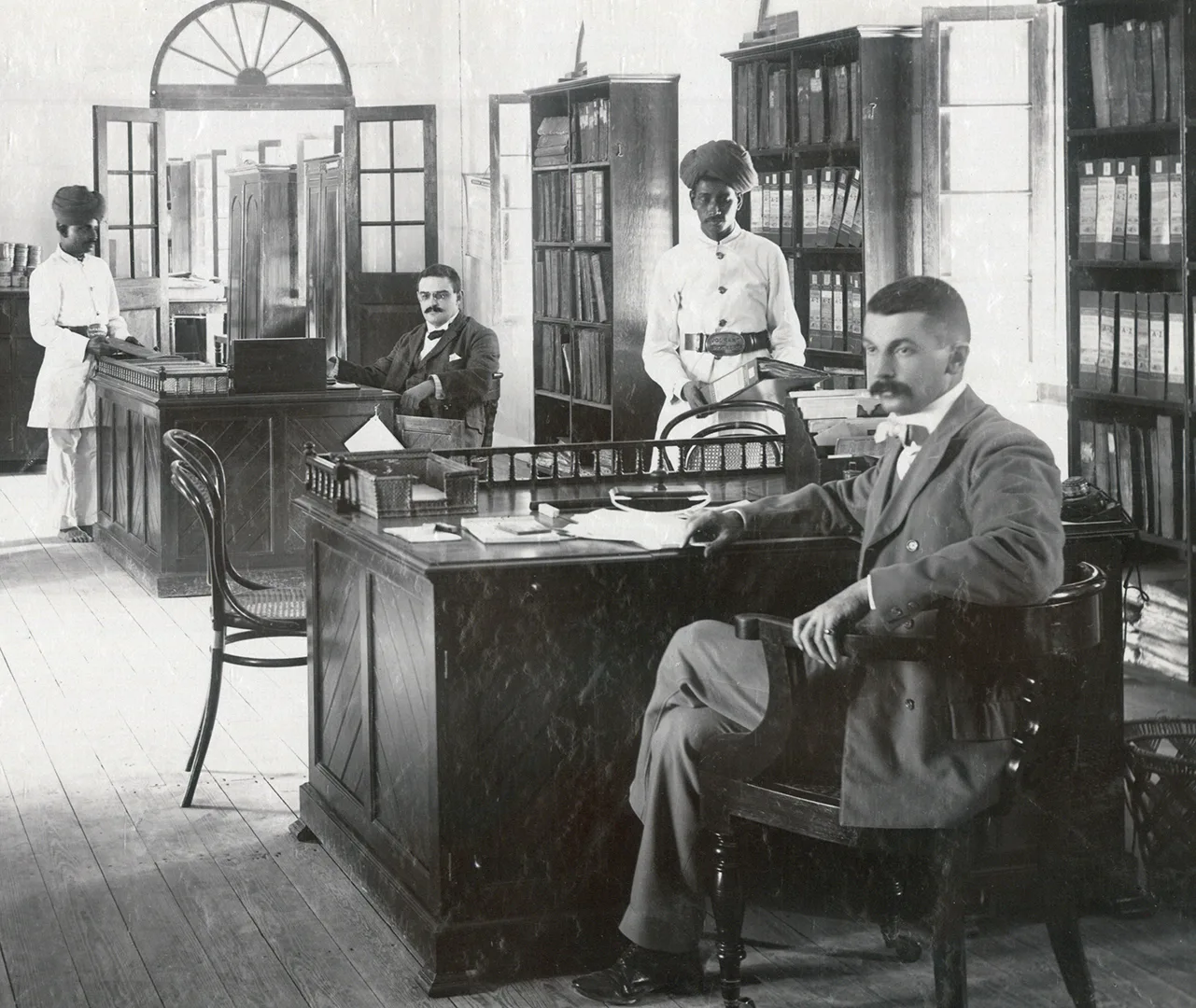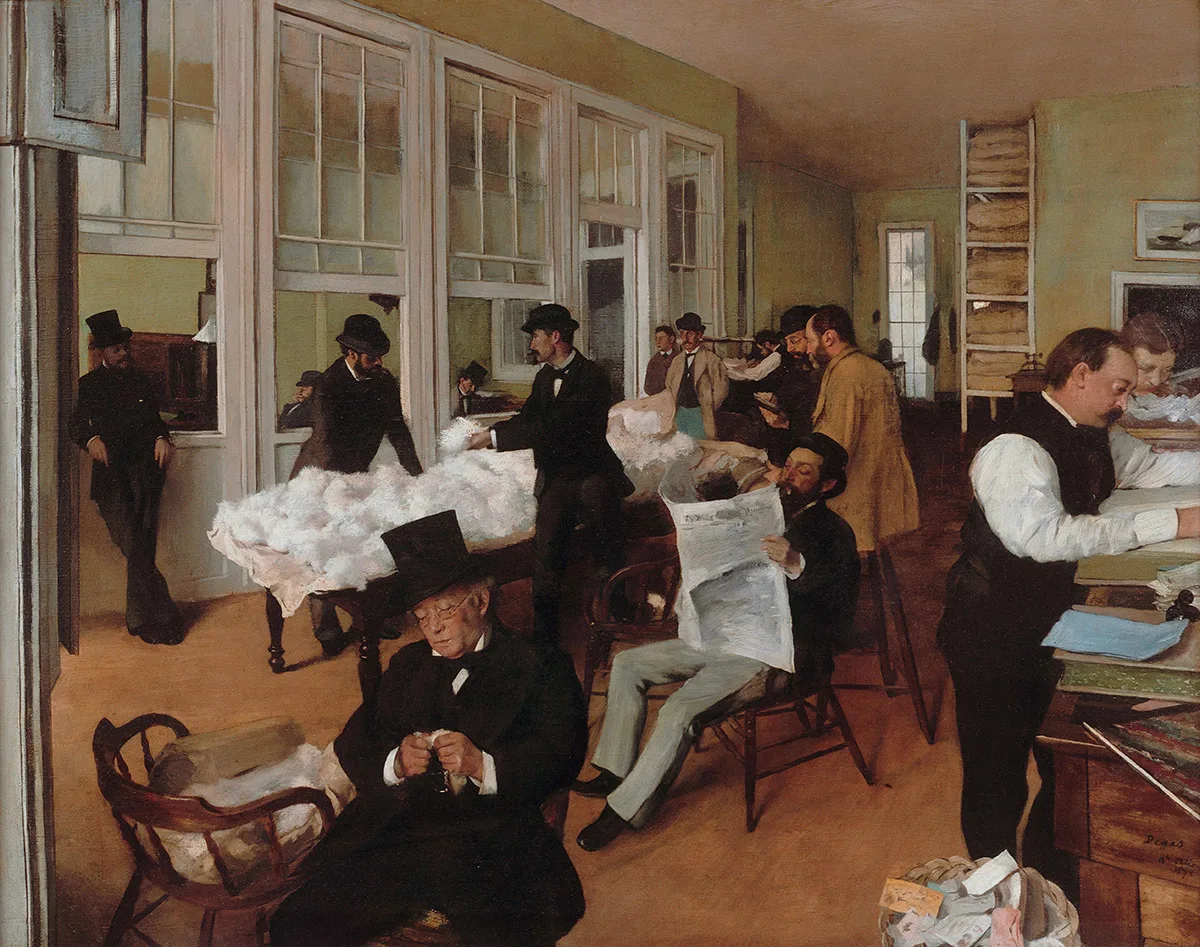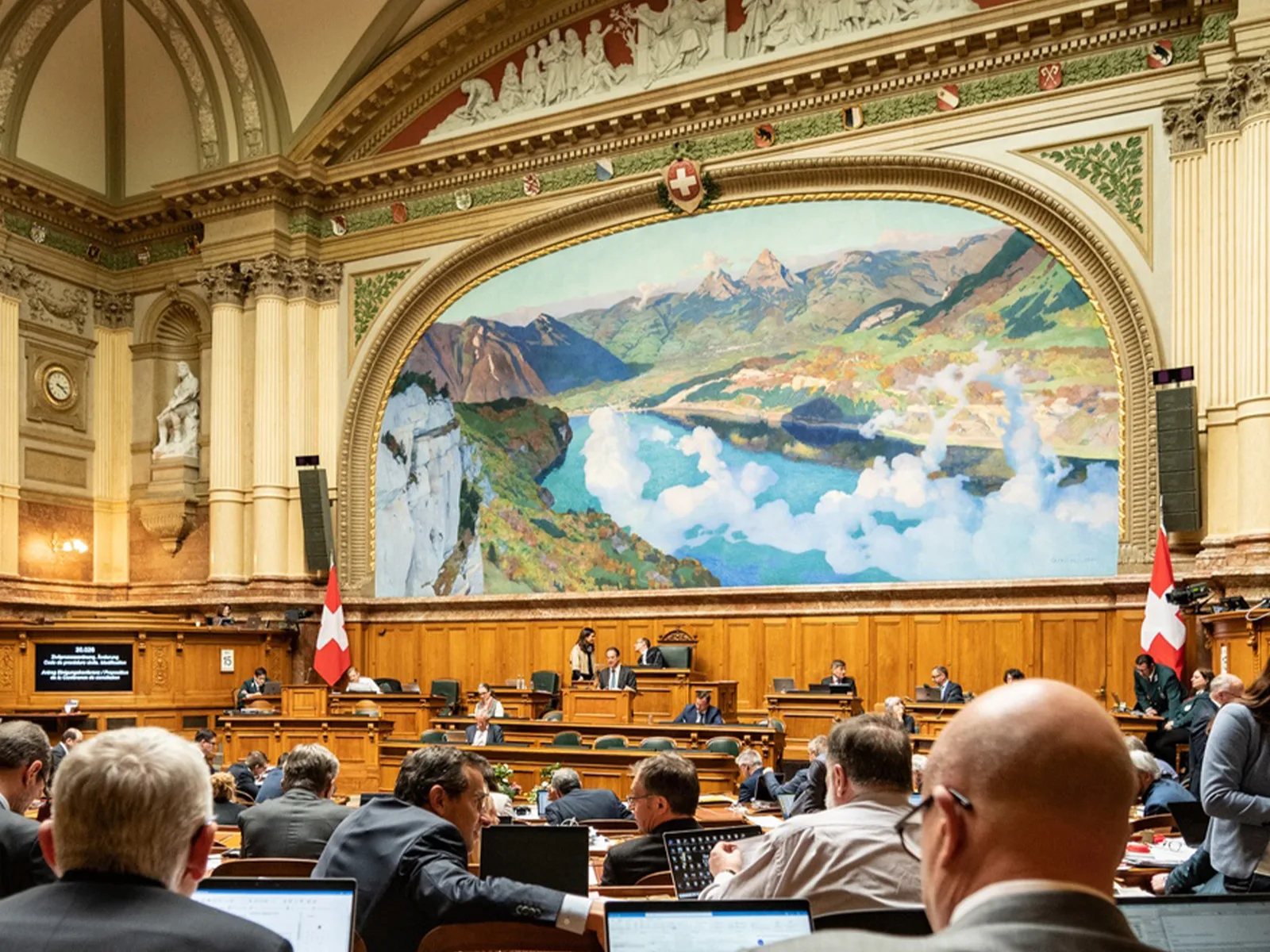
When King Cotton ruled the world
Cotton was the most important commodity of the 19th century. Yet very few artists took an interest in it. One who did was Edgar Degas. His painting of a cotton office in New Orleans is a truly spectacular work.







Art to earn a living




